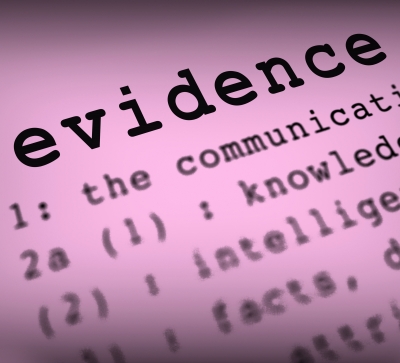The term forensic means “to bring to court,” and forensic medicine is playing an ever-larger role in courtroom proceedings. Forensic experts who link medical knowledge and legal procedures deal with cases concerning genetic relationships and the causes and time of death. Modern medical forensics includes DNA analysis, biometrics and forensic toxicology.

The medtech industry is working to develop cutting-edge tools for medical forensics. And even the most traditional medical forensic procedure—the autopsy—has gone digital with the 3D virtual autopsy table.
The virtual autopsy process begins immediately when a body is brought into a morgue. Technicians scan it with a duel energy CT scanner that converts the corpse into six gigabytes of digital information. This is sent to the 3D virtual autopsy table. Medical examiners and forensic pathologists can then “navigate” inside the body, layer by layer, in microscopic detail. Examiners can change the opacity to highlight the skin, or make skin invisible to investigate muscles and bones. Unlike traditional autopsies, where the body is dissected, the corpse remains fully intact. And studies have shown that postmortem imaging is a less expensive process; it can be done in minutes rather than the hours required for a typical autopsy.
After autopsies, DNA analysis is one of the most important crime-solving tools. And even this high-tech process is undergoing modernization. Scientists have recently developed an extremely sensitive method for detecting specific sequences of DNA. The new device, called a light-up DNA sensor, is used in conjunction with a florescent dye that inserts itself between every pair of DNA molecules. When the light-up sensor shines on the dye it only emits light when it finds two matching pieces of DNA. The method is less costly than traditional DNA analysis and has potential applications in medical forensics, medical diagnostics, and detection of bioterror agents.
Rapid DNA analysis or RDNA is the focus of the FBI’s Rapid DNA Program. It relies on a system designed to speed up the time-consuming process of DNA analyses, which can take up more than a month in a typical crime lab. RDNA is described as a hands-free, “swab in—profile out” process which extracts amplifies, separates and detects DNA information in 85 minutes. The RDNA process can be performed by anyone, including police officers and assistants at booking stations. Once analyzed, the DNA sample can is electronically linked to the arrestee and the FBI’s Combined DNA Index System (CODIS), which contains DNA from over 190,000 criminal investigations. According to Palm Bay, Florida Police Chief Doug Muldoon, “The ability to solve selected crimes in less than a day is essential to protecting the public. The use of this new technology is our paramount responsibility to the community.”
